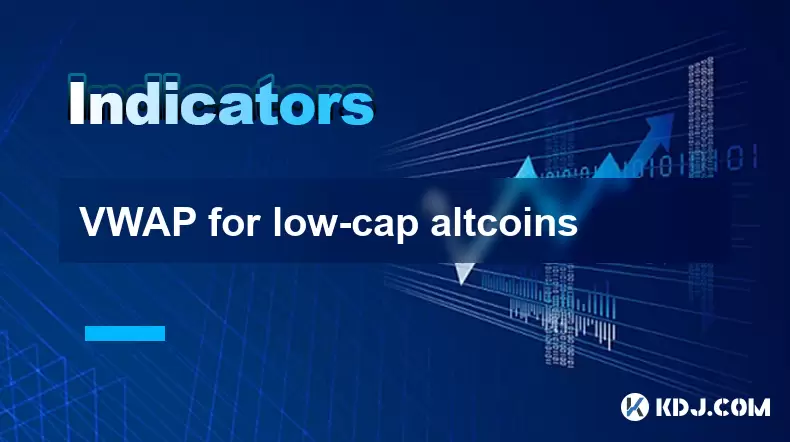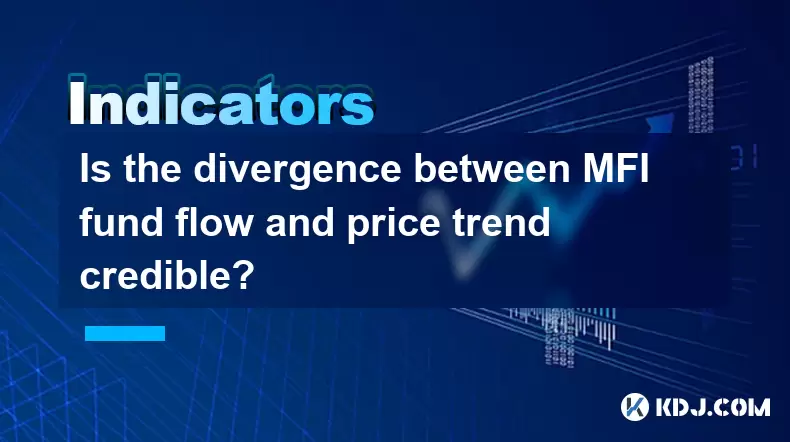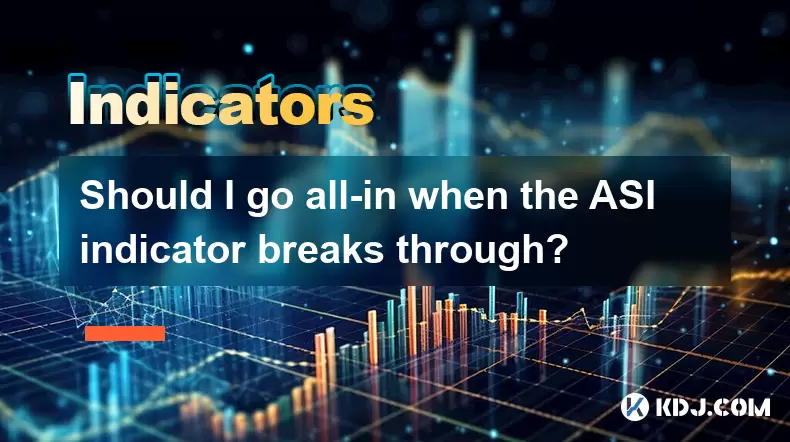-
 Bitcoin
Bitcoin $115500
-1.78% -
 Ethereum
Ethereum $3642
2.83% -
 XRP
XRP $3.083
1.94% -
 Tether USDt
Tether USDt $1.000
-0.04% -
 BNB
BNB $762.7
2.02% -
 Solana
Solana $178.6
-1.50% -
 USDC
USDC $0.9999
-0.02% -
 Dogecoin
Dogecoin $0.2277
0.97% -
 TRON
TRON $0.3155
4.59% -
 Cardano
Cardano $0.7993
3.56% -
 Hyperliquid
Hyperliquid $42.47
1.55% -
 Stellar
Stellar $0.4169
2.55% -
 Sui
Sui $3.658
3.17% -
 Chainlink
Chainlink $17.56
1.21% -
 Bitcoin Cash
Bitcoin Cash $524.9
6.28% -
 Hedera
Hedera $0.2374
1.76% -
 Avalanche
Avalanche $23.19
1.45% -
 Litecoin
Litecoin $111.6
3.65% -
 UNUS SED LEO
UNUS SED LEO $8.966
-0.29% -
 Shiba Inu
Shiba Inu $0.00001337
1.95% -
 Toncoin
Toncoin $3.107
1.90% -
 Ethena USDe
Ethena USDe $1.001
-0.03% -
 Uniswap
Uniswap $10.05
2.93% -
 Polkadot
Polkadot $3.943
0.17% -
 Monero
Monero $327.4
5.22% -
 Dai
Dai $1.000
0.01% -
 Bitget Token
Bitget Token $4.429
-2.68% -
 Pepe
Pepe $0.00001207
0.46% -
 Aave
Aave $287.1
2.95% -
 Cronos
Cronos $0.1285
8.11%
VWAP for low-cap altcoins
VWAP helps low-cap altcoin traders gauge fair value by averaging price and volume, offering insights into support, resistance, and potential entry or exit points.
Jul 12, 2025 at 12:43 am

What Is VWAP and Why It Matters for Low-Cap Altcoins
VWAP, or Volume Weighted Average Price, is a trading indicator used to determine the average price a cryptocurrency has traded at throughout a specific time period, based on both volume and price. For low-cap altcoins, which often suffer from low liquidity and high volatility, VWAP serves as a critical tool for traders aiming to make informed decisions. Unlike high-cap cryptocurrencies such as Bitcoin or Ethereum, low-cap tokens are more susceptible to price manipulation and sudden swings, making VWAP a more reliable metric for assessing fair value.
In the context of low-cap altcoins, VWAP helps traders identify potential support and resistance levels. Since these assets typically have lower trading volumes, price movements can be exaggerated by relatively small trades. VWAP smooths out these anomalies by incorporating volume into the average price calculation, providing a more accurate reflection of true market sentiment.
How to Calculate VWAP for Low-Cap Altcoins
To calculate VWAP for low-cap altcoins, you must first gather the necessary data for each time interval (usually 1 minute, 5 minutes, or 15 minutes). For each interval, you’ll need the typical price and the volume traded.
- Typical price = (High + Low + Close) / 3
- Multiply the typical price by the volume to get the price-volume product
- Sum the price-volume products for all intervals
- Divide the total by the cumulative volume across all intervals
This formula results in the VWAP value for that period. For example, if you’re analyzing a low-cap altcoin like SatoshiSwap (SWAP), which has erratic price action, using VWAP can help you filter out the noise and focus on the real average cost at which the asset is being traded.
Setting Up VWAP on Trading Platforms for Altcoin Analysis
Most crypto trading platforms like TradingView, Binance, or KuCoin allow users to add VWAP as a built-in indicator. To set it up:
- Open the chart for your preferred low-cap altcoin
- Click on the indicators menu
- Search for “VWAP”
- Add it to the chart
Once added, the VWAP line will appear overlaid on the price chart. For low-cap altcoins, traders often use VWAP in conjunction with other tools such as moving averages or RSI to confirm trends and entry points. It’s crucial to adjust the time frame based on your trading strategy—day traders may prefer shorter intervals, while swing traders might use daily VWAP values.
Using VWAP to Identify Entry and Exit Points
For traders dealing with low-cap altcoins, VWAP can be a powerful tool for timing entries and exits. When the price of an altcoin is trading below VWAP, it may indicate that the asset is undervalued or oversold. Conversely, if the price is trading significantly above VWAP, it could signal overbought conditions or potential resistance.
Some traders use VWAP crossovers as signals:
- A price crossing above VWAP may indicate a bullish trend
- A price crossing below VWAP may signal a bearish trend
For low-cap altcoins, these signals should be treated with caution due to the low liquidity and potential for sudden reversals. It’s also beneficial to look at volume spikes when combined with VWAP. A sudden surge in volume as the price approaches VWAP could indicate institutional or whale activity.
Combining VWAP with Other Indicators for Better Accuracy
Since low-cap altcoins are inherently more volatile, relying solely on VWAP can be risky. To enhance accuracy, many traders combine VWAP with other technical indicators:
- Moving Averages (MA): Helps confirm the direction of the trend
- Relative Strength Index (RSI): Identifies overbought or oversold conditions
- Bollinger Bands: Provides context on volatility and potential price breakouts
For example, if VWAP suggests a bullish trend, but RSI is in overbought territory, it might be wise to wait for a pullback before entering. Conversely, if VWAP shows a bearish crossover and volume is spiking downward, it could be a strong signal to exit a position.
This multi-indicator approach is especially important in the low-cap altcoin market, where price can be manipulated easily and signals may be misleading.
Common Pitfalls When Using VWAP for Low-Cap Altcoins
While VWAP is a powerful tool, it’s not without its drawbacks, especially when applied to low-cap altcoins. One of the main pitfalls is lagging data. Since VWAP is a cumulative calculation, it reacts slowly to sudden price changes, which are common in low-cap markets.
Another issue is reliance on volume data, which can be inaccurate or manipulated on smaller exchanges. If a low-cap altcoin is listed on an exchange with low reporting standards, the volume used in the VWAP calculation may not reflect the true market activity.
Additionally, VWAP resets at the start of each new session, which can be problematic for traders who hold positions across multiple days. For low-cap altcoins, where price action can be highly discontinuous, this reset can lead to misleading signals.
Frequently Asked Questions
Q: Can VWAP be used for all types of altcoins?
Yes, VWAP can technically be used for all altcoins. However, it is most effective for assets with sufficient trading volume. For very low-volume altcoins, VWAP may not provide reliable signals due to insufficient data.
Q: How does VWAP differ from a simple moving average?
VWAP incorporates both price and volume in its calculation, whereas a simple moving average only considers price. For low-cap altcoins, this distinction is crucial, as volume plays a significant role in determining price validity.
Q: Should I use VWAP for long-term investing in low-cap altcoins?
VWAP is primarily a short-to-medium-term trading tool. For long-term investing, fundamental analysis and project viability are more important than technical indicators like VWAP.
Q: Is VWAP reliable on decentralized exchanges (DEXs)?
On DEXs, volume data can be fragmented or inaccurate, which affects the reliability of VWAP. For low-cap altcoins traded on DEXs, traders should cross-reference VWAP with other sources or platforms to ensure accuracy.
Disclaimer:info@kdj.com
The information provided is not trading advice. kdj.com does not assume any responsibility for any investments made based on the information provided in this article. Cryptocurrencies are highly volatile and it is highly recommended that you invest with caution after thorough research!
If you believe that the content used on this website infringes your copyright, please contact us immediately (info@kdj.com) and we will delete it promptly.
- Bitcoin, Galaxy Digital, and Market Speculation: Decoding the Crypto Tea Leaves
- 2025-07-25 14:30:12
- Bitcoin ETFs: Fidelity, VanEck, and the Inflow Tidal Wave
- 2025-07-25 14:30:12
- XRP, Ripple, and Crypto: Riding the Wave in the Digital Asset Sea
- 2025-07-25 13:10:12
- Bitcoin, Crypto, and Ethereum: Navigating the New York Minute Market
- 2025-07-25 13:30:12
- SYRUP Listing, DeFi Lending, and Institutional Adoption: A New Era?
- 2025-07-25 13:30:12
- Binance Coin (BNB) Technical Breakout: Eyes on $1,200 Target
- 2025-07-25 13:35:12
Related knowledge

Is the divergence between MFI fund flow and price trend credible?
Jul 25,2025 at 12:01pm
Understanding MFI and Fund Flow in Cryptocurrency MarketsThe Money Flow Index (MFI) is a technical oscillator that combines price and volume to assess...

Should I go all-in when the ASI indicator breaks through?
Jul 25,2025 at 01:56pm
Understanding the ASI Indicator and Its SignificanceThe Accumulation Swing Index (ASI) is a technical analysis tool developed by Welles Wilder, the sa...

Should I go all in when DIF crosses DEA?
Jul 25,2025 at 12:42am
Understanding DIF and DEA in MACD AnalysisWhen traders analyze DIF and DEA in the context of the Moving Average Convergence Divergence (MACD) indicato...

Should I go all in when the upper edge of the box is broken?
Jul 25,2025 at 01:50am
Understanding the 'Box' in Cryptocurrency Price ChartsThe term 'box' in cryptocurrency trading typically refers to a price consolidation range where t...

Should I go all in when the parabolic turning signal appears?
Jul 25,2025 at 06:36am
Understanding the Parabolic Turning Signal in Crypto TradingThe parabolic turning signal is a technical indicator derived from the Parabolic SAR (Stop...

Should I follow up with a full position when the trading volume suddenly increases?
Jul 25,2025 at 12:28am
Understanding Sudden Increases in Trading VolumeA sudden spike in trading volume often signals heightened market activity and can indicate that new in...

Is the divergence between MFI fund flow and price trend credible?
Jul 25,2025 at 12:01pm
Understanding MFI and Fund Flow in Cryptocurrency MarketsThe Money Flow Index (MFI) is a technical oscillator that combines price and volume to assess...

Should I go all-in when the ASI indicator breaks through?
Jul 25,2025 at 01:56pm
Understanding the ASI Indicator and Its SignificanceThe Accumulation Swing Index (ASI) is a technical analysis tool developed by Welles Wilder, the sa...

Should I go all in when DIF crosses DEA?
Jul 25,2025 at 12:42am
Understanding DIF and DEA in MACD AnalysisWhen traders analyze DIF and DEA in the context of the Moving Average Convergence Divergence (MACD) indicato...

Should I go all in when the upper edge of the box is broken?
Jul 25,2025 at 01:50am
Understanding the 'Box' in Cryptocurrency Price ChartsThe term 'box' in cryptocurrency trading typically refers to a price consolidation range where t...

Should I go all in when the parabolic turning signal appears?
Jul 25,2025 at 06:36am
Understanding the Parabolic Turning Signal in Crypto TradingThe parabolic turning signal is a technical indicator derived from the Parabolic SAR (Stop...

Should I follow up with a full position when the trading volume suddenly increases?
Jul 25,2025 at 12:28am
Understanding Sudden Increases in Trading VolumeA sudden spike in trading volume often signals heightened market activity and can indicate that new in...
See all articles

























































































